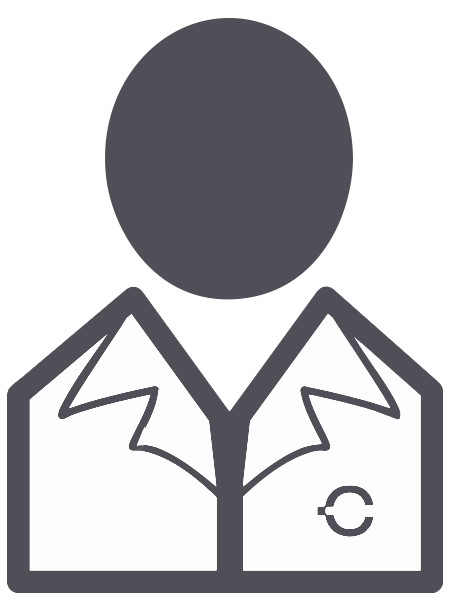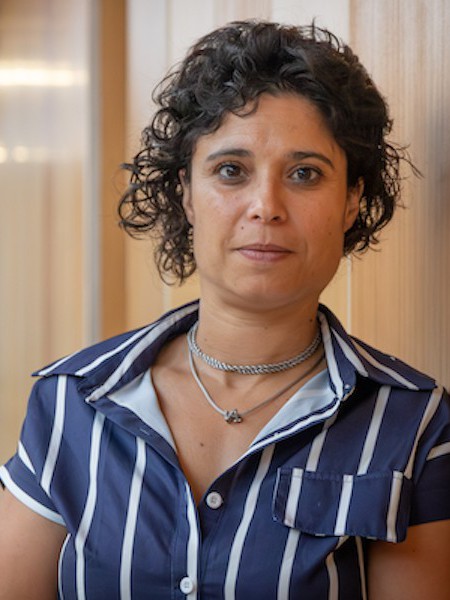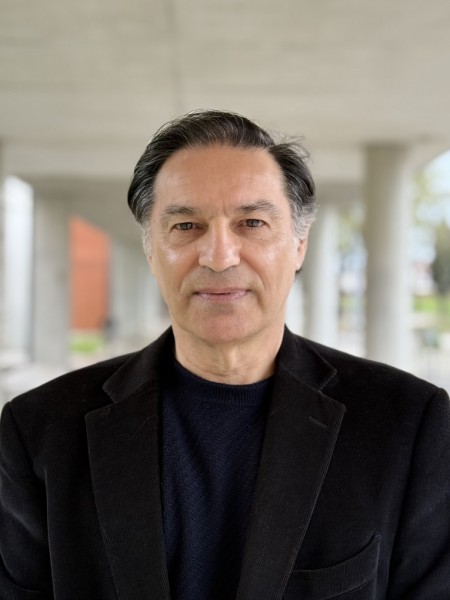abstract
There is a growing interest in developing more environmentally friendly softeners for hardness reduction of water supplied for domestic consumption. This work focuses on exploring biopolymer-based softeners, through the surface modification of graphene oxide (GO) with the anionic biopolymer kappa-carrageenan (GO-Si(kappa)CRG). The performance of the modified GO to decrease the hardness of natural waters containing high levels of Ca2+ was assessed. The sorption efficiency was dependent on the initial Ca2+ concentration and on the sorbent dose, with 8-34% removal for GO and 21-100% for GO-Si(kappa)CRG. The surface modification considerably improved the adsorptive efficiency and under certain experimental conditions, it was possible to convert very hard water (300 mg L-1 CaCO3) to soft water. Importantly, the performance was not affected by the presence of other ions typically found in natural bottled waters. The kinetics was well described by pseudo-first-order and diffusion models. The multi-linear nature observed in Boyd's and Webber's plots suggested that both film diffusion and pore diffusion controlled the sorption rate. The maximum Ca2+ sorption capacity at monolayer coverage of GO-Si (kappa)CRG was 47.6 +/- 3.2 mg g(-1). The electrostatic attraction between sulfonate groups and calcium cations is likely to be the main mechanism involved in the sorption process of Ca2+ by GO-Si(kappa)CRG. Overall, the results indicate good prospects for the development of a new class of softeners based on the GO modification described.
keywords
RAMAN-SPECTROSCOPY; METAL-IONS; ADSORPTION; REMOVAL; CARRAGEENAN; KINETICS; SINGLE; NANOPARTICLES; DESALINATION; ADSORBENT
subject category
Engineering, Environmental; Engineering, Chemical
authors
Rocha, LS; Nogueira, J; Daniel-da-Silva, AL; Marques, P; Fateixa, S; Pereira, E; Trindade, T
our authors
Projects
CICECO - Aveiro Institute of Materials (UIDB/50011/2020)
CICECO - Aveiro Institute of Materials (UIDP/50011/2020)
SGH : Smart Green Homes (Smart Green Homes)
Projeto de Investigação Exploratória: Ana Luísa Silva (IF/00405/2014)
acknowledgements
This work was developed within the scope of the project CICECOAveiro Institute of Materials, FCT (Fundaca Ref. UIDB/50011/2020 & UIDP/50011/2020 and TEMA, UID/EMS/00481/2013-FCT, financed by national funds through the FCT/MCTES and when appropriate cofinanced by FEDER under the PT2020 Partnership Agreement. This work was developed in the scope of the Smart Green Homes Project [POCI-01-0247-FEDER-007678], a co-promotion between Bosch Termotecnologia S.A. and the University of Aveiro, funded by Portugal 2020 under the Competitiveness and Internationalization Operational Program, and by the European Regional Development Fund. Acknowledge is also made to H






